BMW’s San Luis Potosí embodies a forward-looking approach to supply chain resilience, leveraging regional suppliers, smart supply chains and sustainability. Automotive Logistics explores how the plant tackles logistical challenges to set industry benchmarks.
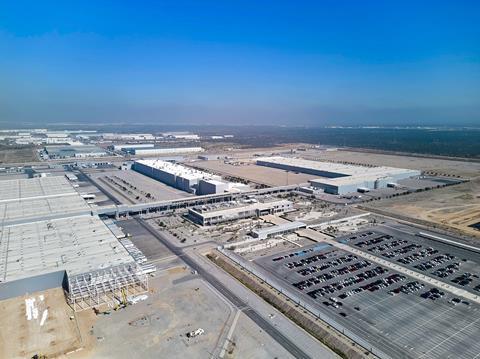
BMW’s San Luis Potosí plant in Mexico, is a leading example of resilience and adaptability in the face of global supply chain challenges. With automotive logistics grappling with disruptions stemming from geopolitical tensions, natural disasters, and volatile markets, the site has embraced responsive nearshoring and regionalisation strategies, coupled with digitalisation to safeguard its operations against such uncertainties; while simultaneously ensuring sustainability across its operations.
Increasing resilience through localised supply chains
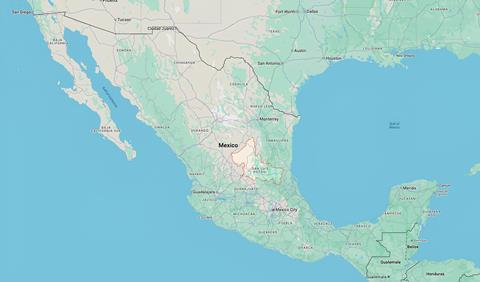
San Luis Potosí sits in a semi-arid region just 230 miles northwest of Mexico City. But despite its apparent remoteness, it occupies a key artery in BMW’s global production and supplier network.
The site produces the BMW 3 Series, the BMW M2, and the BMW 2 Series Coupé models - the last two of which are exclusively produced in Mexico and exported globally.
Regionally-oriented from the ground up, San Luis Potosí sources materials and components from over 250 regional suppliers, aligning with the company’s ’local for local’ approach. By reducing its reliance on global (and extended) supply chains, the plant minimises its exposure to unpredictable events while cutting transportation costs and emissions; thereby providing a stronger, more resilient and efficient supply chain.
San Luis Potosí’s strategic, financial and operational resilience
According to Oliver Haase, senior vice-president for purchasing, quality and supplier network, Americas, the plant’s supply chain resilience is achieved through a tripartite logistical strategy.
“Strategically,” he says, “we are continuously analysing risks regarding technologies, raw materials and countries before ever signing contracts. Financially, we are looking at inflation, rising energy and raw material costs, as well as the financial situation of suppliers. Operationally, the focus is on having extensive and fast data availability, as well as properly analysing this data.
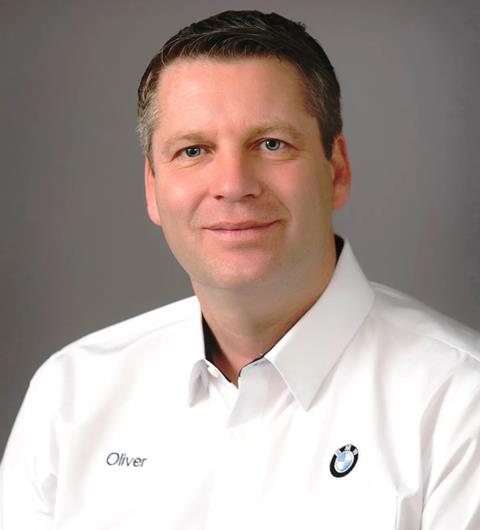
“Furthermore,” says Haase, “our ‘local for local’ approach means that we are also sourcing locally, and in closer proximity to our production locations which enhances our flexibility and renders our supply chains far more resilient.” This approach ensures that unpredictable events like natural disasters or geopolitical conflicts do not significantly impact the plant’s supply reliability and costs across BMW’s regional operations.
At San Luis Potosí, the approach is highly visible. The development of the local supply chain has been an important pillar of BMW’s regional growth, “and this localisation provides enhanced flexibility and resilience, enabling us to maintain production continuity even amidst widespread supply chain instability,” says Haase.
The strategy has further tangible benefits, particularly in terms of environmental impact. By working with regional suppliers to source materials close to the production site, San Luis Potosí is also able to reduce its carbon footprint due to shorter transportation routes.
”Partnering with diverse suppliers […] supports local economies, and has the effect of reducing lead times as well as the risk of delays associated with global automotive supply chains”
- Oliver Haase, senior vice-president for purchasing, quality and supplier network, Americas, BMW
But the plant’s localisation efforts do not stop there. The Supplier Diversity Xchange initiative is another one of its key pillars. Diverse suppliers, often including small businesses, minority-owned, or women-owned enterprises, bring unique perspectives and innovative solutions to the OEMs regional operations. “This in turn fosters creativity and adaptability in meeting changing market demands,” says Haase. “Partnering with diverse suppliers also supports local economies, and has the effect of reducing lead times as well as the risk of delays associated with global automotive supply chains.”
BMW Mexico’s smart supply chains: Predictive analytics and digitally-enhanced risk mitigation
To say that logistical disruptions are highly complex and by their very nature, unpredictable, is an understatement. Under such conditions modern supply chains require advanced technologies to ensure maximal transparency and improved efficiencies. At San Luis Potosí, BMW has integrated predictive analytics and monitoring tools to enhance its logistics capabilities. One standout innovation is the X-Border app, which tracks conditions at border crossings. This technology enables the plant to anticipate delays and adjust operations accordingly, ensuring the seamless flow of materials.
“We have a full monitoring of supply chain conditions, predictive analytics tools, automatic notifications and transparency of information with stakeholders such as suppliers, service providers and other BMW locations within the network,” explains Raul Gamboa, head of production control, production system and logistics at BMW. “With the X-Border app, we can track conditions in border crossings, which allows us to advise the possibility of delays on the import and export of materials,” he says.
Supply Chain Next: San Luis Potosí’s next generation of smart supply chains
During a presentation on our visit to San Luis Potosí, BMW unveiled, for the first time, BMW’s latest technological advancement: the Supply Chain Next tool. This new digital development is set to give BMW San Luis Potosí; BMW Mexico; and the OEM’s wider ecosystem a huge advantage regarding its supply chain transparency as it represents a significant upgrade to BMW’s ability to anticipate and react to supply chain challenges.
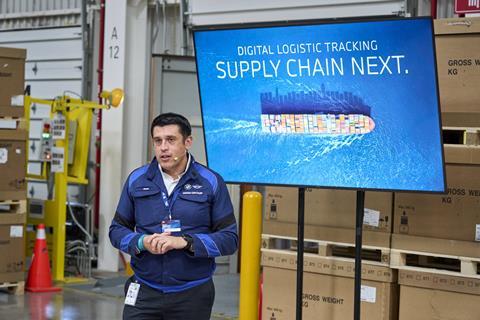
Before delving into the specifics of the tool, Gamboa provided a detailed overview of the company’s standard supply chain processes:
“We have sea containers laid at the consolidation centres in Germany, being packed in order to bring parts and components from Europe all the way to Mexico. These containers are then transported to the port of departure in Europe, spend some time at sea, and finally arrive in Mexico,” he said.
Once in Mexico, the containers are moved by truck to an intermodal terminal approximately 15km from the San Luis Potosí plant. From there, they are unloaded as needed and brought into the plant to integrate with production.
While this process appears straightforward, it is rife with potential disruptions. Some of the common challenges faced by the automotive supply chain include labour strikes at European ports, adverse weather conditions such as hurricanes, and even theft or roadblocks during transportation in Mexico. “These challenges mean we often face delays and extra costs,” Gamboa said. “For instance, if we exceed the contractual time for unloading trucks or containers, we incur significant penalties.”
To mitigate such issues, BMW has traditionally relied on tools like P44, which tracks vessels in real time from Europe to Mexico, and Ventusky, a weather-monitoring platform. Additionally, the company’s Connected Supply Chain (CSC) tool currently provides real-time tracking of trucks within North America.
“If we need to switch from producing a white car to a black car, the system will already have predicted how much the change will cost - and how it will ripple throughout the entire supply chain”
- Raul Gamboa, head of production control, production system and logistics, BMW
“However,” said Gamboa, “these tools give us information about what is happening today or what happened yesterday. But what we at BMW want to know is what will happen tomorrow, the following week, or even the following month.”
This is where Supply Chain Next comes into play. According to Gamboa, the tool integrates data from SAP systems, the BMW cloud, and other existing platforms, leveraging machine learning and artificial intelligence to make highly accurate predictions. “We gather all this information through AWS, and use machine-learning and artificial intelligence to analyse historical data to calculate what is going to happen in the future.” The result is a real-time dashboard that consolidates all supply chain information into a single interface.
Read more BMW stories
- Mexican powerhouse poised to grow
- Embracing ’Design for Circularity’ to lead in sustainability
- How BMW is localising its North American battery supply chain despite the EV slowdown
- BMW’s sustainable packaging: when cardboard is worth more than gold
The deployment of this smart supply chain tool will enable San Luis Potosí to directly see how many containers will leave Europe, how many will be arriving in Mexico, and how many will fill the facility’s logistics yards. “The tool also recommends which containers or trucks we need to unload first,” he added, “helping us to avoid unnecessary costs and ensure that materials are deployed to the plant in the correct order.”
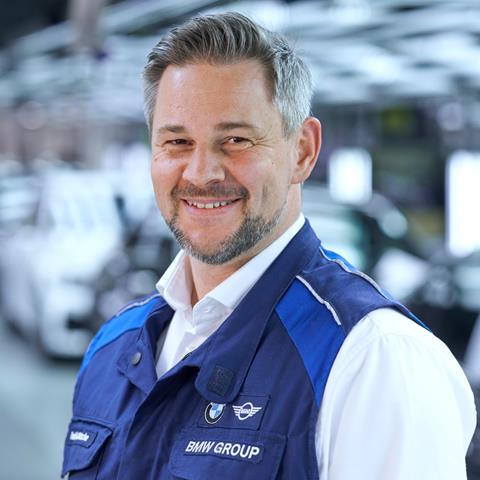
Supply Chain Next’s predictive capabilities also extend beyond immediate logistics. The tool can inform decisions about manpower and warehouse space, ensuring that resources are allocated efficiently. Gamboa said, “within the system interface, we can filter based on pack numbers to track specific components inside containers, ensuring that critical parts arrive on time for production.”
San Luis Potosí also plans to integrate Supply Chain Next with the plant production ecosystem, allowing dynamic adjustments to production schedules based on logistical conditions.
Gamboa illustrated this with a hypothetical scenario: “If we need to switch from producing a white car to a black car, the system will already have predicted how much the change will cost - and how it will ripple throughout the entire supply chain.”
BMW’s plan is to eventually deploy this tool across the global network, further enhancing the OEM’s ability to adapt to shifting logistical situations. “And even this is not the limit of the tool,” said Gamboa. “It represents a significant step forward in digitally-led supply chain management across BMW’s entire logistical and production gambit.”
“Our energy efficiency initiatives include a paint shop heat recovery system, LED lighting, and energy consumption sensors, as well as the use of efficient and long-lasting lithium-ion batteries for forklifts used on the site,”
- Harald Gottsche, president and CEO, San Luis Potosi, BMW
Haase added: “San Luis Potosí relies on extensive and fast data availability to address challenges preemptively. Such predictive analytics tools and automatic notifications provide greater transparency across our network, empowering data-driven decision-making.” Of course, such innovations are critical in maintaining operational continuity, particularly during times of uncertainty. “Our focus on having extensive and fast data availability, as well as analysing this data, ensures that we can adapt quickly to any disruption,” he concluded.
Sustainability as a core pillar of San Luis Potosí’s strategy
Sustainability lies at the heart of BMW’s operations in San Luis Potosí. The plant boasts its own photovoltaic facility with over 17,000 solar panels, covering 71,000 sq. m. The array provides 13% of the plant’s electricity, with the remaining 87% coming from a certified external photovoltaic source.
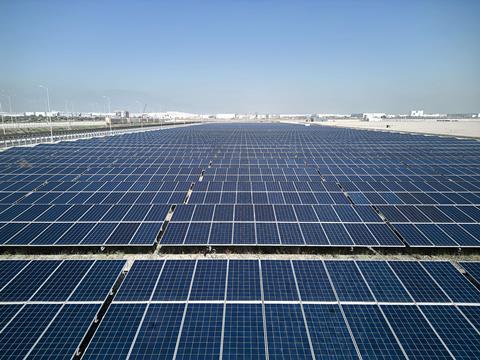
The facility also adheres to a zero-waste-to-landfill policy and maintains comprehensive water management systems. “100% of the water from the whole production and the paint shop is treated,” explained Harald Gottsche, President and CEO of Plant San Luis Potosi. “Our energy efficiency initiatives include a paint shop heat recovery system, LED lighting, and energy consumption sensors, as well as the use of efficient and long-lasting lithium-ion batteries for forklifts used on the site.”
Sustainability is not confined to the plant’s production operations, however; it extends throughout the supply chain. Gottsche elaborated, “We are closely working with local suppliers to address sustainability across our supply chain. This includes requiring suppliers to meet environmental and social standards, building measures to reduce CO₂ into contract arrangements, and, as stated, using advanced data analytics to improve transparency, providing sustainability resilience.”
Reiner Braun, President and CEO of BMW Group Latin America, added, “indeed, these efforts align with BMW’s global sustainability targets. Our holistic 360-degree approach to sustainability seeks to balance economic success, environmental responsibility, and social engagement—ensuring we add value to society in all dimensions.”
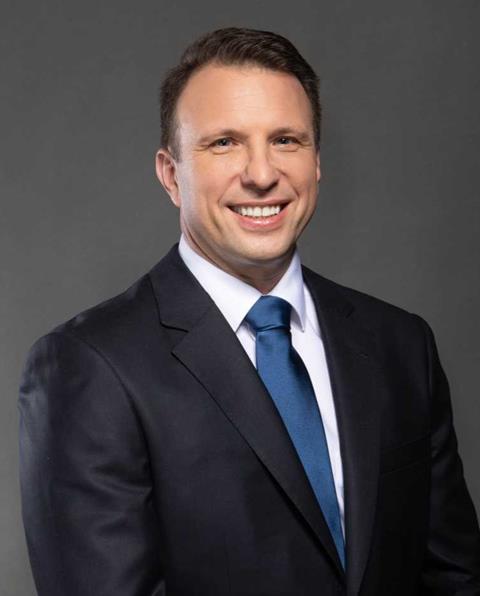
Empowering the workforce and local community
Beyond its logistical and operational achievements, San Luis Potosí invests heavily in workforce development and community engagement. The ’Engineers Moulding the Future’ initiative, launched in partnership with the Universidad Autónoma de San Luis Potosí, aims to enhance local talent in specialised fields such as plastic injection moulding. By cultivating a skilled workforce, BMW is able to support its operations while empowering regional suppliers to improve their capabilities.
Haase commented on the importance of supplier collaboration, saying, “we provide guidance and assistance to help suppliers minimise environmental, social, and governance risks in their operations. This includes offering sustainability training and events for knowledge-sharing and best practice exchange to drive continuous improvement in both sustainability and operational efficiency.”
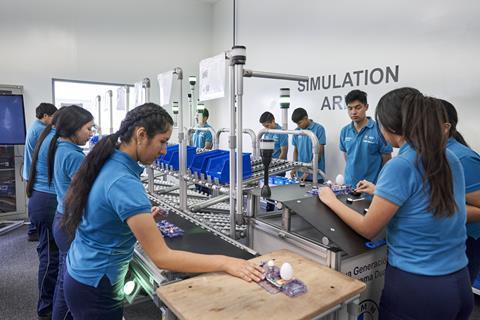
San Luis Potosí’s commitment to wider community engagement is equally robust. Braun shared, “since 2016, our CSR initiatives have benefited nearly 212,000 people from across the region. These programmes, such as the Club de Niños y Niñas, provide educational and recreational opportunities for local children, fostering long-term community development.”
Moreover, BMW’s workforce is actively involved in these efforts. “More than 3,000 BMW associates have volunteered their time for these projects, reflecting our holistic commitment to regional development,” Braun added. With logistical operations increasingly fusing with environmental considerations, communities educated in the importance of greener supply chains are presented with the knowledge and opportunity to become the logistics operators of the future.
San Luis Potosí: A logistical blueprint for the future
In many ways, BMW’s San Luis Potosí offers a roadmap for addressing global supply chain challenges across a complex and unpredictable automotive landscape. Its focus on localisation, digital innovation, and sustainability positions it as a resilient and adaptable local model for global automotive logistics.
“Our strategies in localisation and sustainability not only enhance operational resilience but also demonstrate our commitment to reducing environmental impact and fostering regional growth,” Haase summed up.
“And let’s not forget, free trade remains a guiding principle for the BMW Group,” Braun added. “We continue to systematically expand our ‘local for local’ approach—making our supply chains more resilient and improving our access to different market regions.”
BMW’s integration of localisation, digital tools, and sustainability at its San Luis Potosí plant sets a high bar for operational excellence in automotive logistics. By leveraging these strategies, the carmaker is finding novel and holsitic ways to address today’s challenges while paving the way for a more sustainable and resilient supply chain; setting an example for global OEMs.
Topics
- BMW
- Digitalisation
- Editor's pick
- features
- Inbound Logistics
- Kaizen & Continuous Improvement
- Lean Logistics
- Logistics IT
- Logistics Management
- Nearshoring
- North America
- Plant Logistics
- Quality Control & Continuous Improvement
- Region
- Regional Sourcing & Manufacturing
- Supply Chain Focus
- Supply Chain Optimisation
- Supply Chain Planning
- Sustainability
- Sustainable Supply Chain Design
- Technology & Automation
- Topics
- Transport Management Systems & Warehouse Management Systems
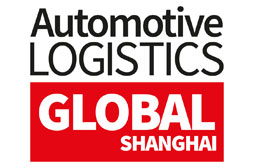
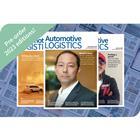


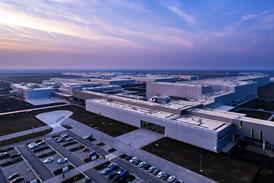
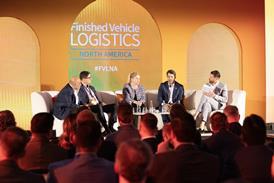
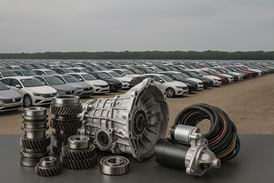

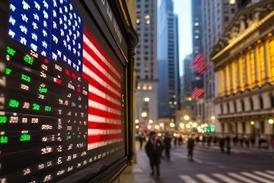
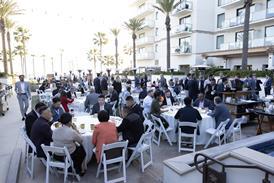

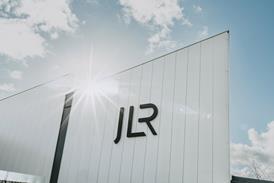
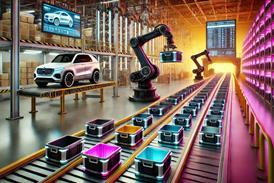
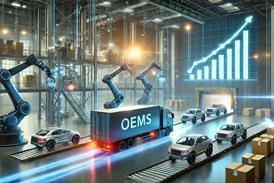
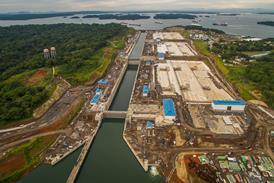


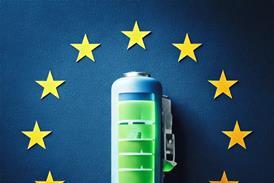


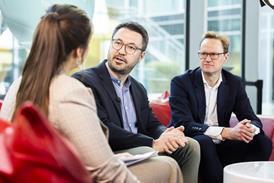
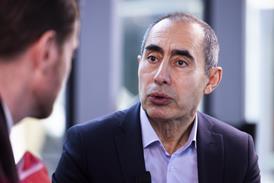
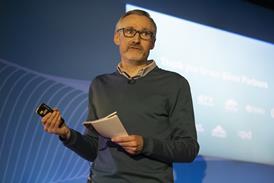
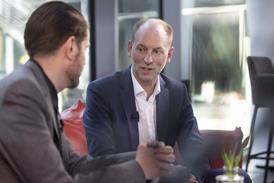
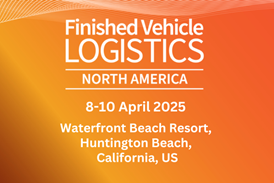
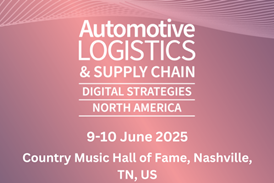
![Global[1]](https://d3n5uof8vony13.cloudfront.net/Pictures/web/a/d/s/global1_726550.svgz)
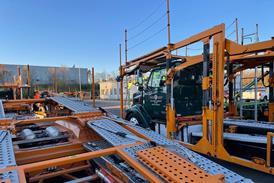
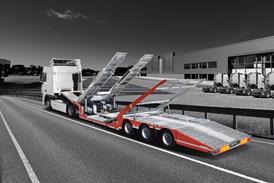
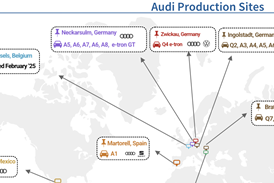




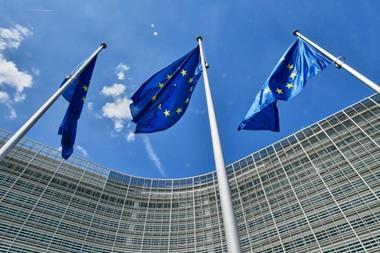
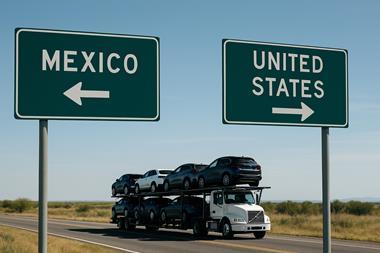
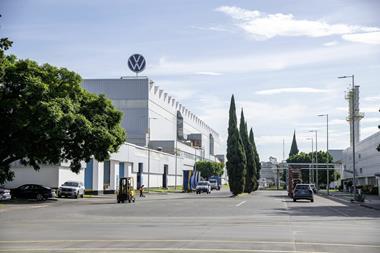



No comments yet